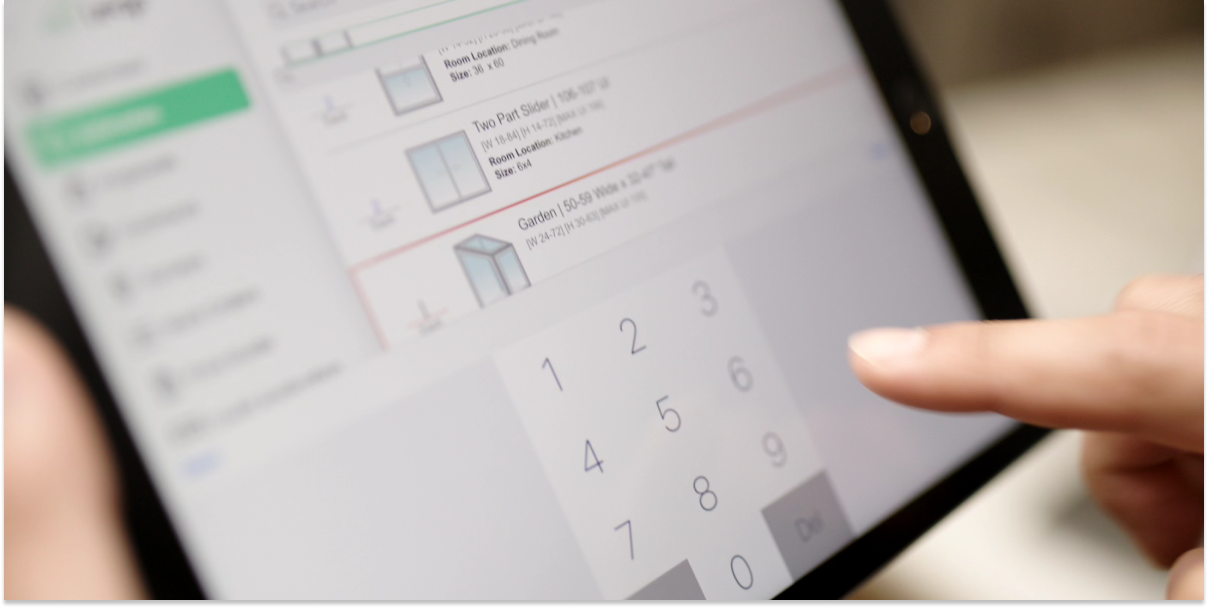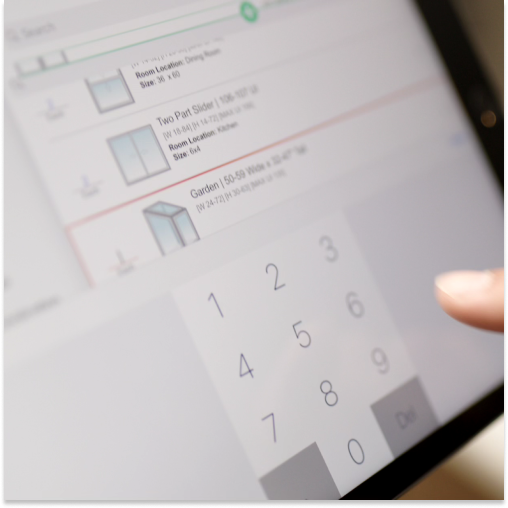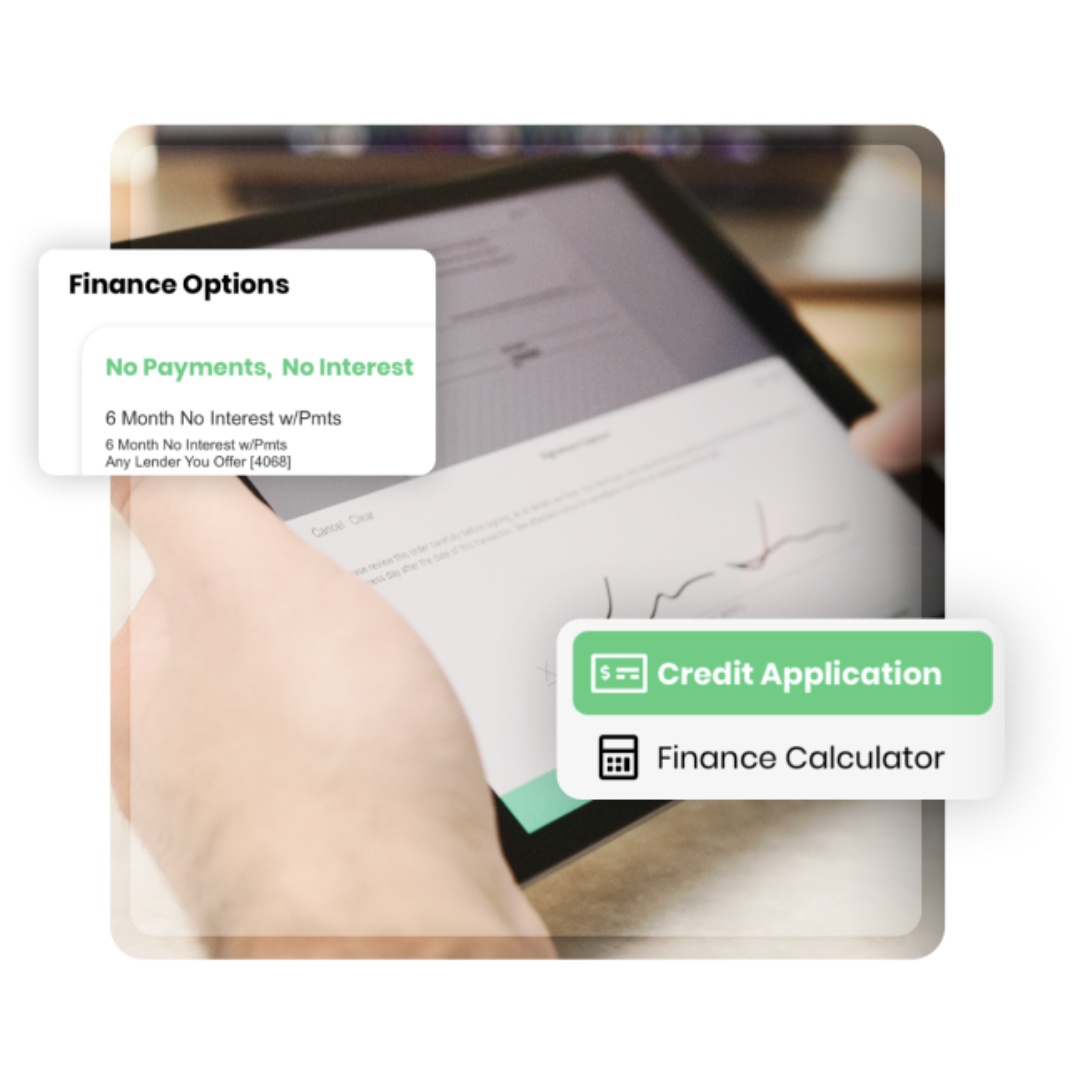Running a successful general contracting business requires a firm grasp of financial management. In fact, two critical components are general contractor overhead and profit.
Calculating these correctly ensures your business remains profitable and competitive. Therefore, we’ll break down how to calculate overhead and profit, step by step. This will ensure your business is sustainable with positive long-term growth.
What are General Contractor Overhead and Profit?
Overhead and profit are two key financial metrics that general contractors need to track and calculate. Specifically, they represent the costs that keep your business running and the money you make from your work.
Overhead includes all the indirect expenses of running your business. These are costs that don’t directly relate to any specific project but are essential for keeping your company operational. Common examples of overhead costs include office rent, utilities, insurance, accounting fees, salaries for staff, marketing expenses, and even the cost of your work vehicles. Overhead is a fixed cost, meaning it remains relatively consistent regardless of how many projects you’re working on.
Profit, on the other hand, is the money left over after you’ve paid all your expenses, including your overhead. It’s the reward for taking on the risk of running your business and should compensate you for your time and expertise. Profit ensures that your business grows, so that you can reinvest and expand.
Understanding these concepts is important for the long-term health of your business. If you don’t accurately account for your overhead, then your profit margins will shrink.
Overhead and profit need to be factored into every project estimate you create. Unfortunately, miscalculating them can lead to significant financial challenges.

Two Formulas for Calculating Overhead and Profit
Calculating general contractor overhead and profit involves using two essential formulas: the overhead formula and the profit formula. These help ensure that you accurately price your projects, cover all expenses, and achieve your desired profit margins.
The overhead formula calculates total ongoing expenses that are not directly tied to a specific project. Overhead includes all fixed monthly expenses, as well as indirect costs. Here’s the breakdown:
- Fixed Monthly Expenses: Consistent costs that your business incurs each month. Examples include rent, insurance, utilities, and salaries.
- Indirect Costs: Additional expenses to run your business. Examples include marketing, office supplies, and accounting fees.
The overhead formula looks like this:
Overhead = (Fixed Monthly Expenses) + (Indirect Costs)
For instance, if your fixed monthly expenses are $10,000 and your indirect costs amount to $5,000, your total overhead for that month would be $15,000. This needs to be factored into your estimates to ensure that your business costs are fully covered.
The profit formula, on the other hand, helps determine how much money your business makes from a project after covering all expenses, including overhead and direct costs. Here’s how it works:
- Project Cost: Total amount you charge for a project.
- Direct Costs: Specific expenses tied directly to a project, such as labor, materials, and subcontractor fees.
- Overhead: Total ongoing expenses of your business, as calculated using the overhead formula.
The profit formula looks like this:
Profit = (Project Cost) – (Overhead + Direct Costs)
For example, if your project cost is $100,000, but your overhead is $15,000 and your direct costs are $60,000, then your profit would be $25,000. Properly calculating overhead and profit will help you make better pricing decisions that protect your margins and support long-term growth.
Steps to Calculate Your Overhead
Calculating your overhead is a critical step in determining how much to charge for your services. In general, here are the steps you should take:
- List All Fixed Costs: Begin by listing all the fixed costs that you incur regularly, regardless of the number of projects you take on. This could include rent, utilities, office supplies, salaries for non-project-related staff, insurance, and vehicle costs.
- Review Variable Costs: Some costs may vary slightly depending on the season or project load, like marketing or office expenses. Estimate these as accurately as possible by looking at your historical spending.
- Calculate Total Overhead: Add up all these costs to determine your total annual overhead. For example, if your total annual overhead comes to $150,000, that’s the amount you need to cover through your project pricing.
- Determine Overhead Percentage: To calculate your overhead percentage, divide your total annual overhead by your total annual revenue. For instance, if your total revenue is $1,000,000 and your overhead is $150,000, your overhead percentage would be 15%.
By calculating your overhead percentage, you can apply this to each project to ensure that you’re covering all your business costs. According to Square and as a general rule, it’s important to make sure your overhead percentage doesn’t exceed 35%.
Steps to Calculate Your Profit
Profit is the money that remains after you’ve covered all your costs, including overhead. Calculating your profit ensures that your business can grow and thrive. Typically, here’s how to do it:
- Determine Desired Profit Margin: Decide on a profit margin that aligns with your business goals, and the size and scope of projects.
- Apply Profit Margin to Project Costs: Once you’ve determined your desired profit margin, apply it to your total project costs (including overhead). For instance, if your total project cost is $100,000 and you want a 15% profit margin, you would add $15,000 in profit.
Profit margins can vary from project to project. Some projects may allow for higher margins, while others may require lower margins to remain competitive. Therefore, continuously monitor your profit margins and adjust your pricing strategies as necessary. By calculating your profit carefully, you can ensure that every project contributes to your business’s growth and sustainability.
Protect Your Profit Margins with Leap SalesPro
Managing overhead and profit can be complex without residential general contractor software. Thankfully, Leap SalesPro can make your entire sales process more efficient. It streamlines your sales with accurate estimates that protect your margins.
You can build estimates with pricing control features and guardrails to guarantee no job is undersold. IN addition, you can quickly turn your estimates into dynamic contracts and collect signatures directly within the software.
Once the contract is signed, you can generate invoices, collect payments, and send follow-ups. Furthermore, you can track every job and every customer interaction with Leap SalesPro.
By leveraging Leap SalesPro, you can also consider best-in-class partner integrations to further expand your operations. This includes industry leaders in financing lenders, manufacturers, CRMs, measurement tools, and more.
Understanding and calculating general contractor overhead and profit are vital for creating a sustainable business. By following the steps above, you can ensure that your pricing is accurate, your overhead is covered, and your profit margins are protected. And with a tool like Leap SalesPro, you can take your business to the next level.
To learn more about the power of Leap SalesPro in your hands, fill out the form below and schedule a quick demo. Discover how the industry’s best in-home sales app can transform the way you work with customers.




